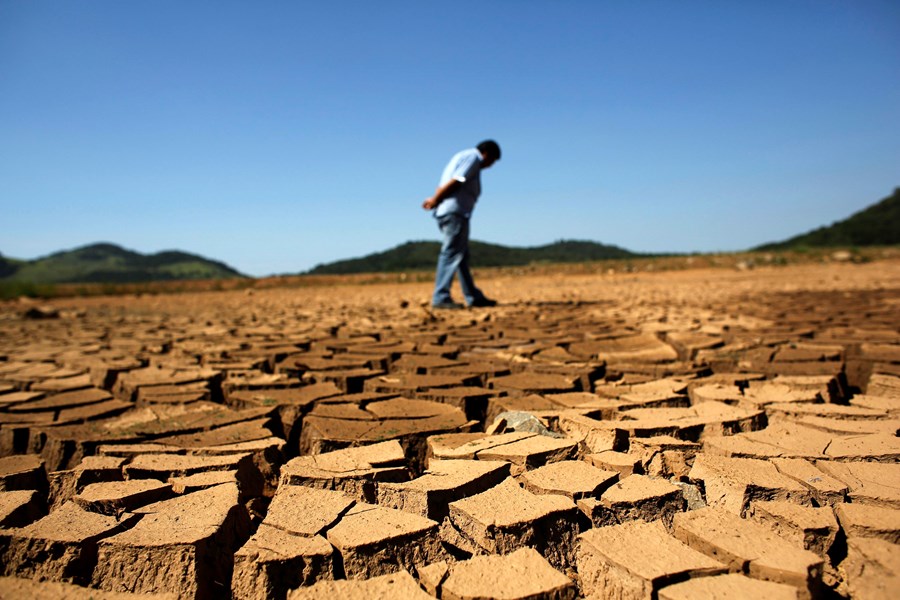RIO DE JANEIRO, BRAZIL – The assessment is included in the 2nd edition of the “Waters Atlas – Water Supply Security,” released on Monday, October 18, by ANA (the federal agency responsible for water and basic sanitation management in Brazil).
The R$7.3 (US$1.3) billion in investments required per year by 2035 will be necessary to steer the country away from the increasingly severe and recurrent water shortage cycles, according to ANA.

Brazil is experiencing a severe water crisis, with its main reservoirs for supply and energy production at critical levels. Cantareira, the largest water reservoir in the São Paulo metropolitan region, stands at 28%, its lowest level since the system collapsed 5 years ago.
According to the study, the federal, state and municipal governments need to join efforts and invest their resources to guarantee the country’s security throughout the supply cycle, which also includes the preservation of water sources.
The range of investments suggested includes the creation of infrastructure programs for water production and distribution; the replacement of assets in this infrastructure; control of water losses; and more effective measures to improve the management of cities’ water security.
ANA’s director-president Christianne Dias stated, during the launching of the Atlas, that the national challenge covers “both the quantity and the quality of our water resources”.
Of the total suggested investments, 76% would be allocated to the Southeast and Northeast states because they are the most populous and, therefore, consume more water.
The Atlas 2nd edition also features a new index that measures water safety in Brazilian municipalities on the following scale: low, medium, high and maximum water safety.
Some 50.8 million Brazilians live in 785 low-water security cities. Another 77.3 million are under medium-water security in 1975 municipalities.
There are 50.2 million people living in 2,143 cities with high water security. And only 7 million Brazilians are currently in 667 cities considered to have maximum water security.
This inequality in the management of drinking water distribution systems in Brazil was measured by analyzing 4,063 surface water collection points and 14,189 underground locations.
The water security indicator also considered the vulnerability of springs, the capacity of water producing systems, the performance of distribution systems based on network coverage and water loss management.
The study shows that 44% of Brazilian cities have springs with some type of vulnerability – they can dry up or be affected by floods and climate change. Sources with high vulnerability have currently been complicating life for some 5.8 million Brazilians.
In 39% of cities, water production systems are satisfactory; in 42% the units need to be expanded; and in 19% the services need to undergo some type of adjustment.
Another issue is water waste, according to the study. The Atlas shows that 22% of Brazilian cities use water resources inefficiently; 13% need to reduce leakage; 19% have the potential for significant improvements; and 46% need to perform evaluations to confirm the efficacy of improvements.
No municipality in Brazil shows the maximum level of efficiency in the management of water resources, according to the study.
The ANA study also points out that 3,574 municipalities have a supply coverage higher than 97%. At the other end are 539 cities with an index lower than 70%.

